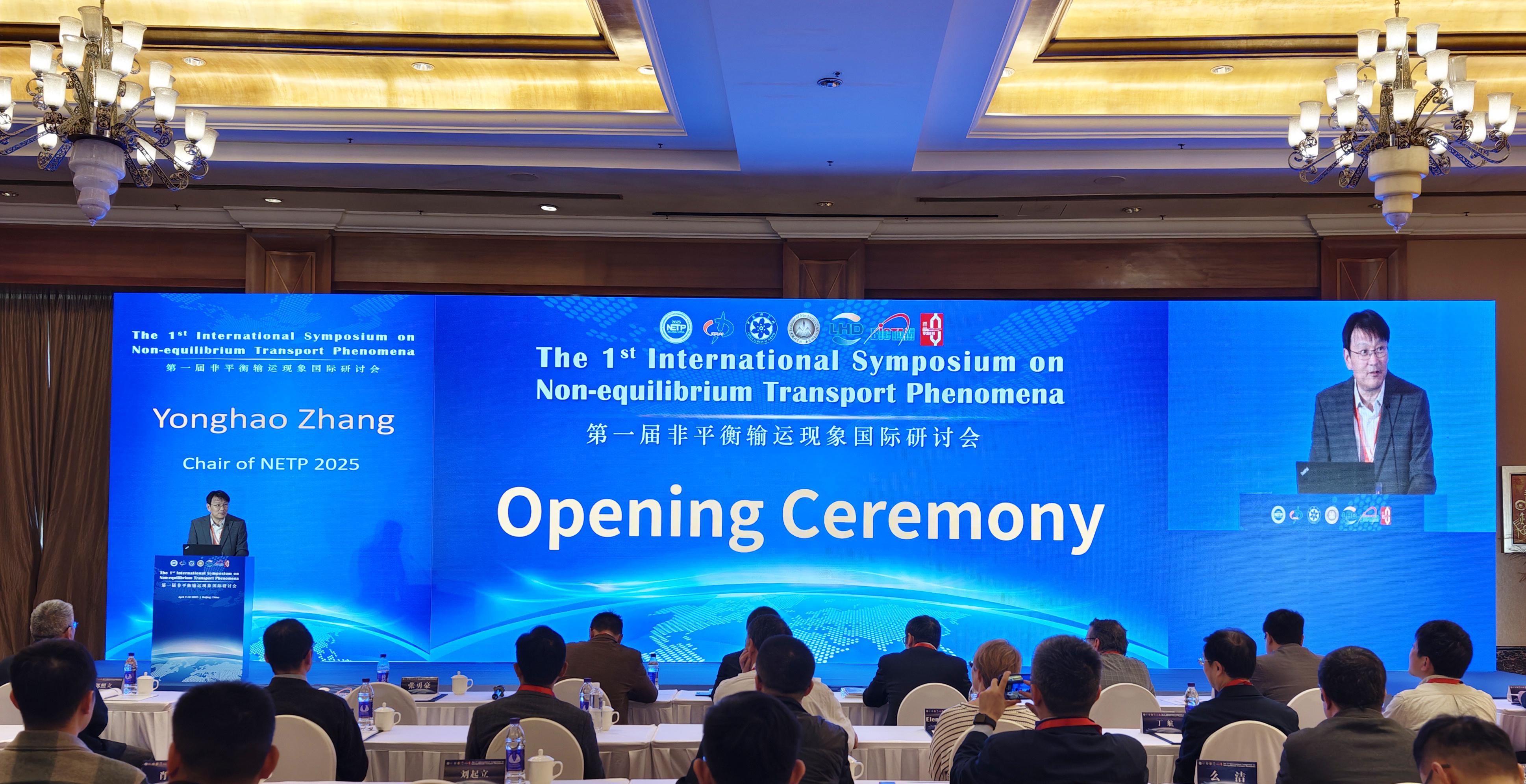Well-being Supported by Sci-tech Innovation
During the Spring Festival, Science and Technology Daily reporters traveled across the country to explore how sci-tech innovation has improved people's well-being.
Traditional vegetable industry upgraded
During the Spring Festival holiday, the greenhouses of the national modern agricultural park in Fangshan district contributed to the undisrupted supply of vegetables in Beijing. The greenhouses use technologies like soilless culture and atomized irrigation, which not only boost planting density and yield, but also reduce water and fertilizer usage.
In contrast to the dry winter environment of Beijing, the greenhouses are humid. Cao Yong'an, general manager of an agricultural technology company, said the supply of water and fertilizer, temperature and humidity in the company's greenhouses are controlled with the help of smart technologies.
To boost sales, the company also sells its products online and promotes farm visits during which visitors can pick their own vegetables. It now plans to build more greenhouses in the area, with the goals of boosting vegetable yields and fostering new business opportunities.
Healthcare facilitated by AI
In Yunnan province in southwest China, China Mobile has established an application for receiving medical consultation at home. People can make hospital registrations and online doctor visits via voice call once they are connected to the platform through a TV set-top box.
"We can consult doctors as soon as we turn on the TV," said Yu Dan, a villager in Yunnan. When Yu's father broke his leg, she uploaded photos of his injured leg to the app and received experts' advice in less than 10 minutes.
A technician from China Mobile said AI medical consultation is based on image recognition and healthcare and elderly care large models. It has a very high professional level and is an ideal all-day AI health butler.
With the joint efforts of hospitals and pharmacies in Yunnan, and enterprises like iFlytek and China Mobile, residents have their health records, an AI health butler, and healthcare and elderly care services.
Even people living in remote areas can enjoy modern digital medical services.
Near-zero carbon village
Xingsheng, the first near-zero carbon village in Ningxia Hui autonomous region in northwestern China, has been working on near-zero energy consumption. The villagers no longer burn firewood or coal for cooking or heating. Instead, they use clean electricity generated by photovoltaic panels on their roofs and stored in a storage device.
A villager, Tian Yubing, said their all-electric kitchen costs only over 10 RMB a day, and the heating costs only 2,000 RMB in winter. In the past, when they used coal, it cost them 6,000-7,000 RMB.
"I can even earn money from the clean electricity," Tian said.
The village has a peak-valley price mechanism. At night electricity costs only half the price at daytime. The daily average electricity generated by the solar panels of a household is about 20 kW/h. The spare electricity is distributed to other lines, and the households get paid accordingly. Each household can earn around 300 RMB each month.
Houses in Xingsheng have a comprehensive energy-saving rate of over 108 percent, and a 100 percent substitution rate of renewable energy.
The total energy saved by the near-zero energy consumption village house project per year is about 754,380 kW/h, equivalent to 396.1 tonnes of standard coal, reducing emissions equivalent to 978.4 tonnes of carbon dioxide, 7.92 tonnes of sulfur dioxide, and 3.96 tonnes of dust.
The village project is now in its second phase. It plans to increase its energy -saving capacity in the third and fourth phases by changing the solar panels to solar tiles.







